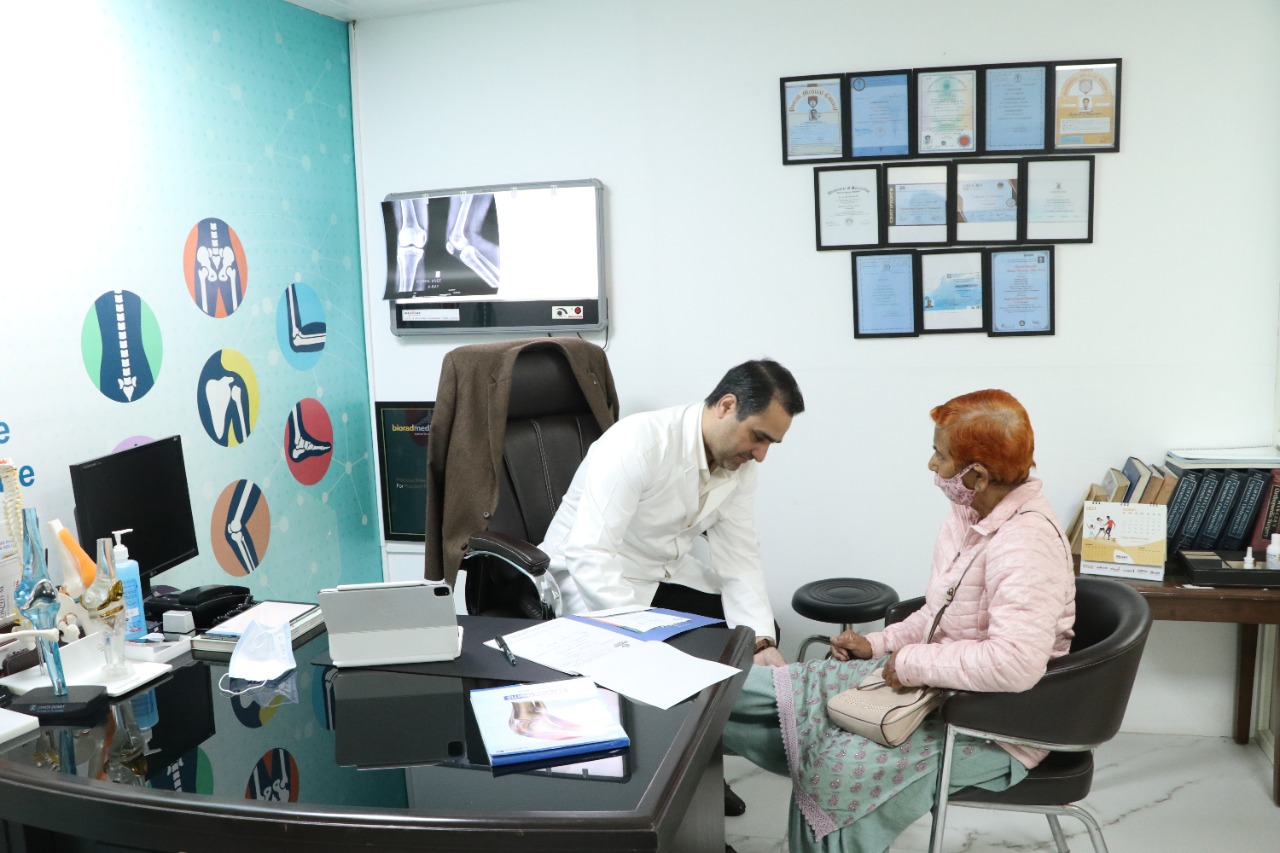The spine is a vital part of the human body, serving as the foundation for our posture and movement. However, it is susceptible to a range of conditions that can cause discomfort and limit functionality. Understanding these common spine conditions is crucial for both patients and healthcare professionals alike.
In this blog, we will explore the causes, symptoms, and available treatments for various spine problems. Whether you are experiencing back pain or simply want to deepen your knowledge on the subject, this article will provide valuable insights into spine conditions and their management. If you’re seeking treatment, consulting the best spine surgeon in Chandigarh can be a critical step in your journey toward improved spine health.
An overview of spine problems and their impact
Spine conditions can have a significant impact on a person’s overall health and well-being. The spine is a complex structure consisting of bones, discs, nerves, and muscles that work together to provide support, stability, and movement to the body. When any part of this intricate system is affected, it can lead to a variety of conditions that can cause pain, limited mobility, and other debilitating symptoms.
Symptoms of Spine Problems
- Persistent back pain, especially in the lower back
- Numbness or tingling sensation in the back or limbs
- Muscle weakness or difficulty walking
- Loss of bladder or bowel control
- Limited range of motion and flexibility
- Stiffness or difficulty bending or moving
- Shooting pain that radiates from the back to the arms or legs
- Difficulty standing or sitting for prolonged periods
- Spine deformities, such as an abnormal curvature or hunched posture
- Sensation of pins and needles in the extremities
These symptoms may indicate potential spine problems, and it is important to consult a healthcare professional for an accurate diagnosis and appropriate treatment.
Diagnosis of Spine Problems
Spine problems can be diagnosed through a series of tests and examinations performed by medical professionals.
- Diagnostic tools such as X-rays, CT scans, and MRI scans allow for detailed images of the spine to be observed. These imaging techniques help identify conditions like herniated discs, spinal stenosis, or fractures.
- Physical examinations involve assessing a patient’s range of motion, strength, and reflexes to determine any abnormalities.
- Doctors may also utilize electromyography (EMG) to evaluate nerve function or perform bone scans to detect abnormalities in bone tissue.
- Accurate diagnosis of spine problems is crucial in order to develop an appropriate treatment plan for patients.
Common causes of spine problems
There are various spine conditions that individuals may experience, ranging from minor to severe. Common conditions include herniated discs, degenerative disc disease, spinal stenosis, scoliosis, and spinal fractures. Each condition presents its own set of symptoms and complications, and it is crucial to differentiate between them for effective treatment.
Herniated discs occur when the soft, jelly-like center of a spinal disc protrudes through a crack in the exterior. This can lead to pain, numbness, and weakness in the affected area of the spine. Degenerative disc disease, on the other hand, is a gradual breakdown of the discs in the spine, resulting in pain and decreased mobility. Spinal stenosis involves the narrowing of the spinal canal, compressing the nerves, and causing pain, numbness, and difficulty walking. Scoliosis is a condition characterized by an abnormal curvature of the spine, which can lead to back pain and respiratory issues. Lastly, spinal fractures can occur due to trauma or osteoporosis, causing severe pain and loss of function.
Prevention of Spine Problems
To prevent spine problems, it is important to take precautionary measures and practice good habits. Here are some key points to keep in mind:
- Maintain good posture, whether sitting or standing.
- Use ergonomic furniture and equipment.
- Avoid prolonged sitting or standing in one position.
- Engage in regular exercise to strengthen the muscles supporting the spine.
- Lift heavy objects properly, using your legs and not your back.
- Take breaks and stretch during long periods of work or activity.
- Maintain a healthy weight to reduce strain on the spine.
- Quit smoking, as it can hinder the healing process of spinal conditions.
Remember, prevention is always better than cure when it comes to spine problems.
Treatment of Spine Problems
When it comes to treating spine problems, there are various options available. Here are some bullet points highlighting the treatments, with a specific focus on minimally invasive spine surgery:
- Minimally invasive spine surgery is a procedure that aims to treat spinal conditions using small incisions and specialized instruments.
- This approach results in less tissue damage, shorter recovery time, and reduced risk of complications compared to traditional open surgery.
- Treatable conditions with minimally invasive spine surgery include herniated discs, spinal stenosis, and spinal deformities.
- The surgeon accesses the spine through small incisions using specialized instruments and a microscope or endoscope for visualization.
- This technique can effectively relieve pressure on nerves, stabilize the spine, and improve overall function. However, it may not be suitable for all patients depending on the severity and location of the problem.
Conclusion: Empowering yourself with knowledge about spine conditions
In conclusion, spine conditions can have a significant impact on individuals, affecting their daily lives and overall well-being. Healthcare professionals must have a comprehensive understanding of these conditions and their effects to provide accurate diagnoses and appropriate treatment plans. By utilizing a multidisciplinary approach and encouraging patient involvement, healthcare providers can help individuals effectively manage their spine conditions and improve their quality of life. But patients must choose the best hospital for spine-related issues, such as Healing Hospital, and consult with the best spine surgeon in Chandigarh to ensure they receive the highest quality care and expertise.
























